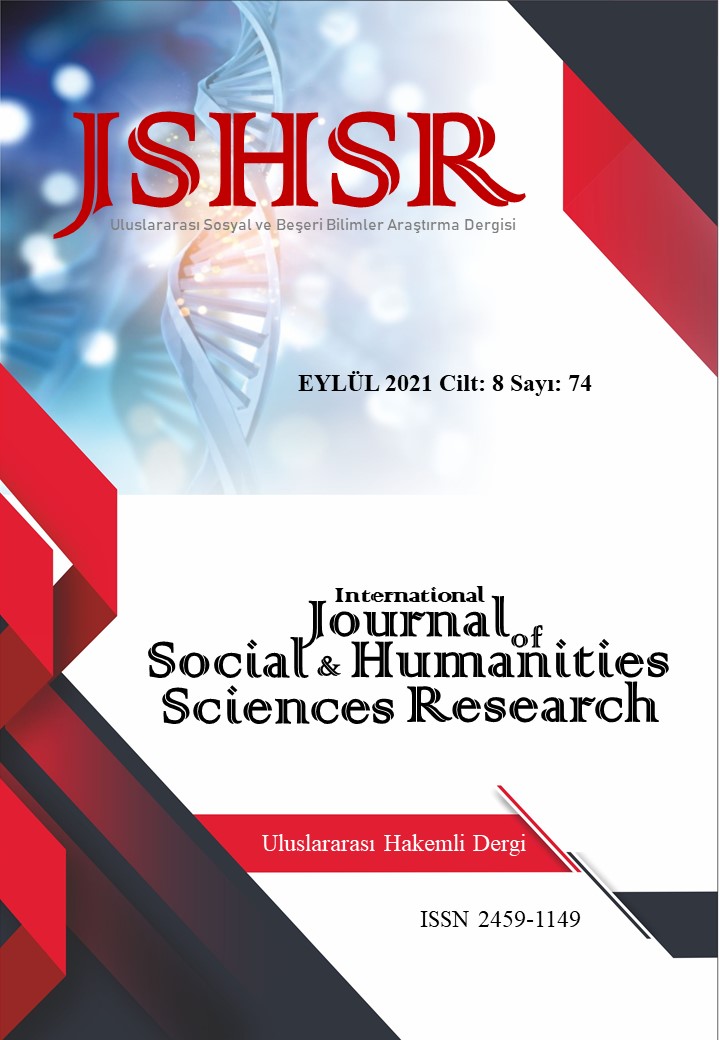FUNCTION OF AFTER EFFECTS APPLICATION IN SURFACE LIGHTING DESIGN
DOI:
https://doi.org/10.26450/jshsr.2685Keywords:
Graphic Design, After Effects, Light, MotionAbstract
In today's interaction areas, examples of visual design are almost competing to attract people's attention. The 'Video Reflection Alignment' technique in different surface lighting stands out as an extraordinary form of entertainment while having a tremendous spectacle factor. Using this impressive technique, buildings and objects can be animated, immersive environments can be created and large audiences can experience fascinating moments with unforgettable visuals. With the development of technology, the cooperation between lighting and graphic design has started to increase over time. It is no longer a question of how light is transmitted, but how it is used for visual communication. The fact that these developments can be applied on different surfaces and many objects has made the 'Video Projection Alignment' method highly preferred. There are many design programs such as After Affects, Cinema 4D, Rhino, 3D Max, Maya, which enable two-dimensional objects to be converted into a three-dimensional design. Among these motion, graphic design programs, especially the After Affects program plays a serious role in the creation of the light-motion concept in design. In this study, the relationship between light and graphic design in the concept design of lighting different surfaces by using the possibilities of 'Video Reflection Alignment' technology, especially the motion-light relationship provided by the After Affects program in this process is included.
Downloads
Published
How to Cite
Issue
Section
License
Copyright (c) 2021 INTERNATIONAL JOURNAL OF SOCIAL HUMANITIES SCIENCES RESEARCH

This work is licensed under a Creative Commons Attribution 4.0 International License.


